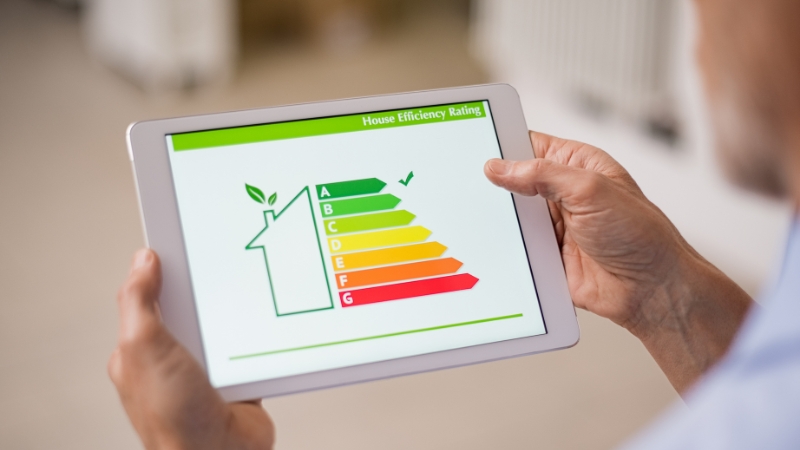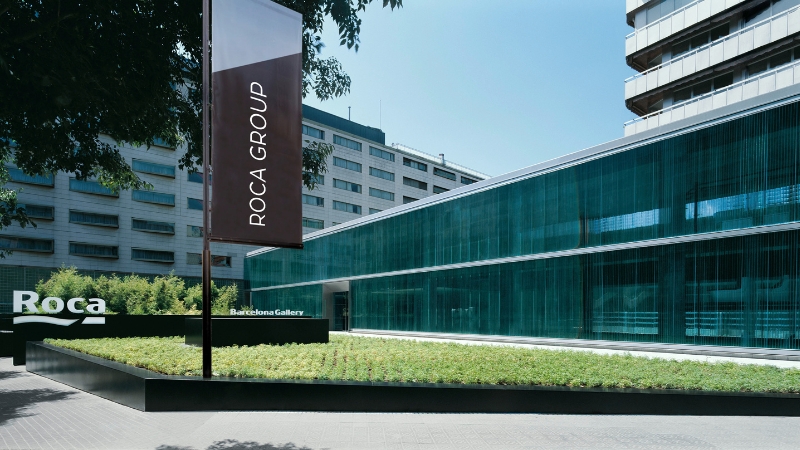Japanese knotweed removal firm Environet has developed a new tool for assessing the risk of Japanese knotweed being present on a property or development site during property transactions.
JustCheck, which evaluates risk factors and categorises the property into one of five risk bands, is designed to assist developers, conveyancers, surveyors, mortgage firms, architects and insurance companies with fact-based information about the likelihood of knotweed being present, where it may not be visible to the naked eye.
Any risk can then be mitigated either by an immediate treatment programme, by monitoring the site with a ten-year insurance backed guarantee, or by taking out a specialist Japanese knotweed indemnity policy.
Japanese knotweed may be invisible if it has been treated in the past but not killed, which can induce the underground rhizome into temporary dormancy. If it has been cut down and concealed, either intentionally or not, it may also not be clearly visible to a surveyor or property owner.
A desktop report uses Environet’s own data to determine the past presence of knotweed on and around the site.
Nic Seal, Founder and MD of Environet, said, “JustCheck is a low-cost solution for professionals who need to assess the knotweed risk during property transactions at the touch of a button. We estimate that 5% of UK homes are affected by Japanese knotweed, either directly or indirectly on an adjoining property, and it is increasingly the cause of disputes and litigation over treatment costs and falling property values. This tool gives professionals a low-cost weapon in their armoury when dealing with the threat of knotweed, providing them with a tangible level of risk.”
Jamie Hillman, Commercial Manager at Ridgepoint Homes, said, “The risk of Japanese knotweed needs to be assessed as early as possible when acquiring new sites and evaluating remediation costs. JustCheck enables us to assess the likelihood of knotweed being present at the touch of a button, meaning we can make informed decisions from the start.”




